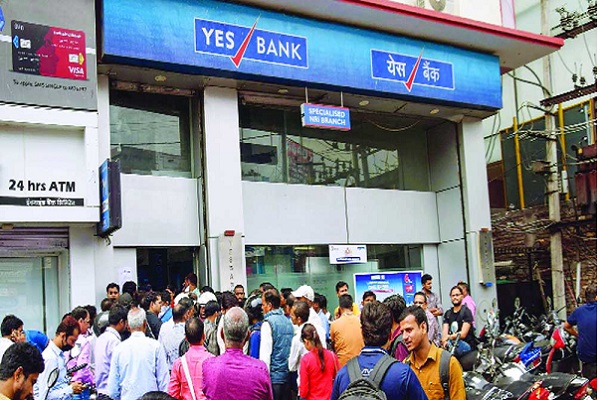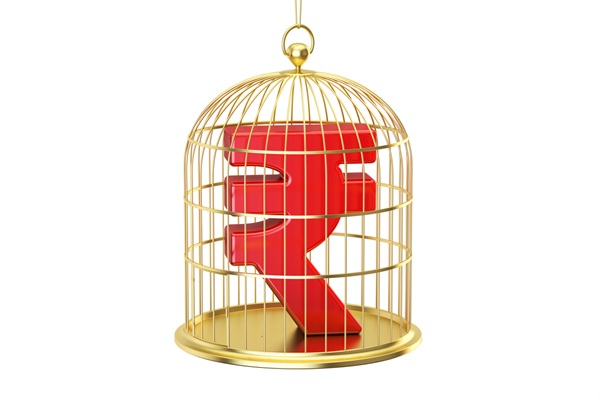.png)
Gurumurthy, ex-central banker and a Wharton alum, managed the rupee and forex reserves, government debt and played a key role in drafting India's Financial Stability Reports.
November 23, 2025 at 8:05 AM IST
In 2017, India attempted something bold: the Financial Resolution and Deposit Insurance (FRDI) Bill, a modern framework for resolving failing banks, insurers and financial institutions. Conceptually inspired by post-2008 regimes such as the United Kingdom’s Banking Act 2009, it aimed to bring India closer to global standards in handling financial distress.
Yet within a year, the Bill was withdrawn amid public fear and political backlash. Ironically, a reform intended to protect depositors from disorderly collapses triggered panic withdrawals from private banks. The FRDI saga was not just a communications failure; it exposed deeper political, economic and institutional constraints that still prevent India from building a credible mechanism to manage financial failures.
Public Mistrust
On paper, this framework could have avoided the chaos seen in failing cooperative banks or NBFCs, while reducing the need for perpetual taxpayer-funded bailouts. But two provisions inflamed public sentiment:
- Bail-ins could, under specific conditions, extend beyond insured deposits.
- Deposit insurance limits would no longer be fixed in statute but set by the Resolution Corporation.
For policymakers, this signalled flexibility and modernisation. For the public, it looked like the state was asking for permission to use people’s life savings to rescue banks. Small depositors, central to India’s savings system, felt deeply vulnerable.
Ironically, the Bill protected insured deposits and ranked the remainder above unsecured creditors and government dues, a better position than depositors ordinarily enjoy. But in a country where depositors assume banks cannot fail—an entrenched moral hazard—poor communication proved fatal.
The government withdrew the Bill in August 2018, conceding that it could not overcome fears around the bail-in clause. Technocratic ambition collapsed under the weight of mistrust.
Why the UK Can Use Bail-in and India Cannot
|
UK’s Framework |
India’s FRDI Approach |
|
|
|
|
Deposit insurance communicated clearly and trusted |
Deposit insurance discretionary, and not adequately explained |
|
Resolution planning is mandatory and routine |
Planning would begin only after creating a new body. A typical case of urgency to put in place something by deferring the nitty gritty to non-finite timelines |
|
Regulator has proven operational capacity |
India planned to create a powerful new body to handle failures, but it expected the public to trust an institution that did not yet exist or have any track record |
|
Market has deep loss-absorbing capital |
Market for loss-absorbing capital was limited and uneven; later episodes (Yes Bank AT1 write-down) highlighted complexities* |
*(Many continue to argue that the AT1 bond cancellation in the case of Yes Bank was the right move, given the circumstances and the provisions of law, forgetting this nuance).
In the UK, both the state and the public trust the system. India enjoys neither. Most Indian savers rely overwhelmingly on bank deposits, lack diversified assets, and distrust markets’ ability to safeguard their money. Any hint of discretionary authority over deposits triggers alarm.
The lesson is stark: you cannot build a resolution regime in a low-trust environment by demanding more trust.
Hidden Cost
Leaving the FRDI reform unfinished may have been politically popular, but it carries significant long-term risks. India now faces three structural vulnerabilities:
1. Perpetual Bailouts and Fiscal Strain
2. Shadow Banking Contagion
3. Incentivised Risk-Taking
Credible Reform
1. Guaranteed Protection for Small Depositors
2. Build Capacity Before Creating a Corporation
3. Deep, Sustained Public Communication
4. Mandatory Resolution Planning and Drills
State Capacity
As India’s financial system expands with larger NBFCs, fintech-driven deposit pools, rising concentration, greater interconnectedness, and ambitions to join the ranks of global banking powers, the stakes will only grow. India cannot rely indefinitely on improvised rescues. A crisis without a credible resolution mechanism will either strain the state’s finances or endanger public savings—the very outcome the FRDI Bill sought to prevent.
Ultimately, the real question is not whether India will create a resolution regime, but whether it will build trust first. Indians trust banks largely because they have no alternative. A modern financial state rests not just on regulation but on belief. No resolution law will work until depositors can trust the system designed to protect them.




